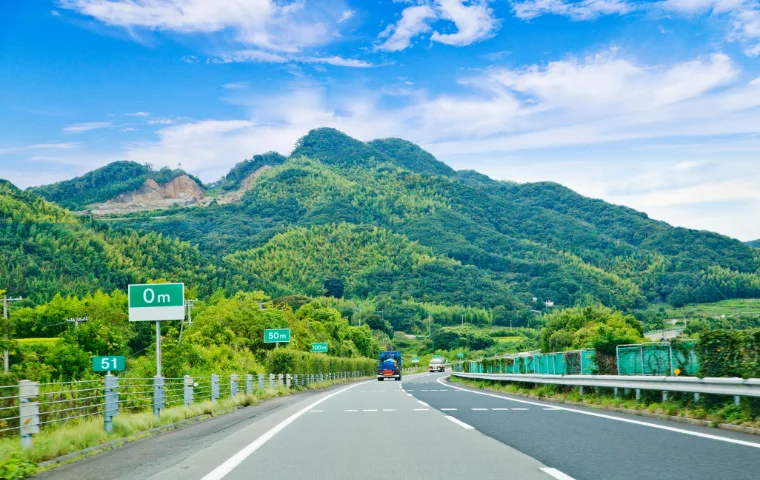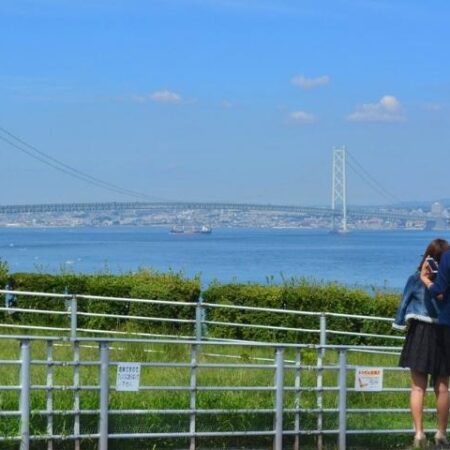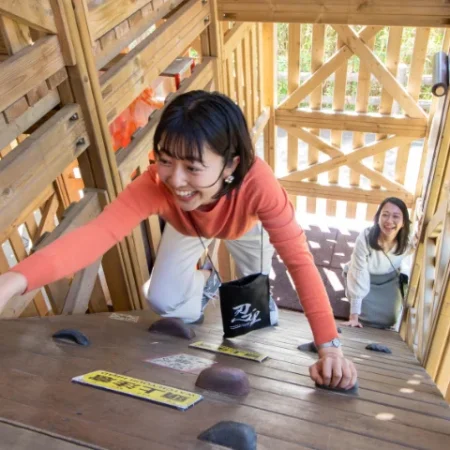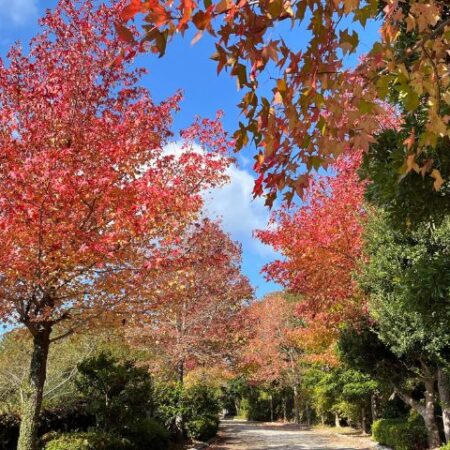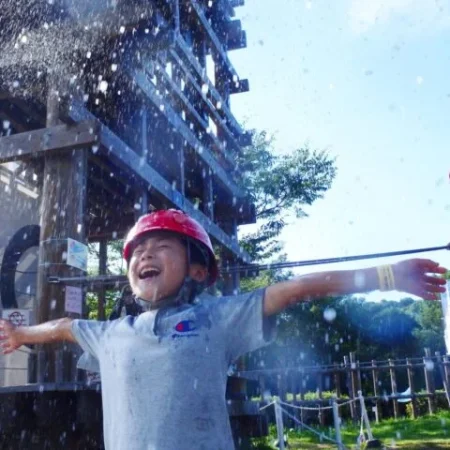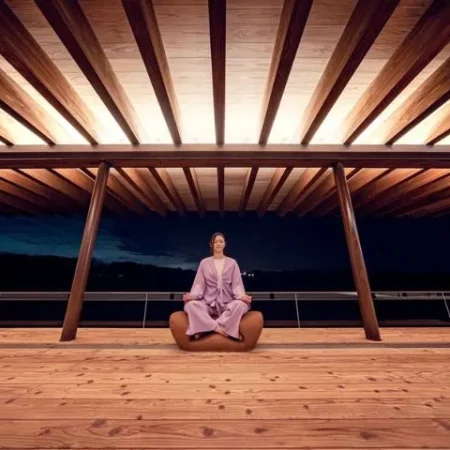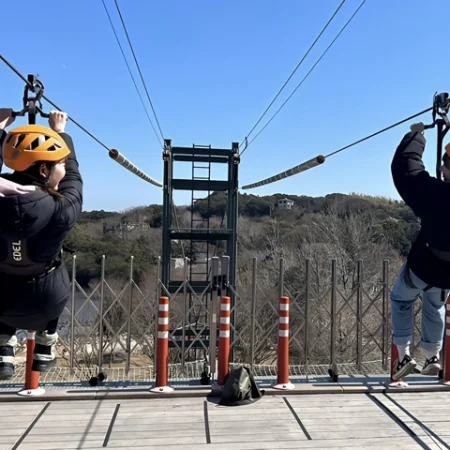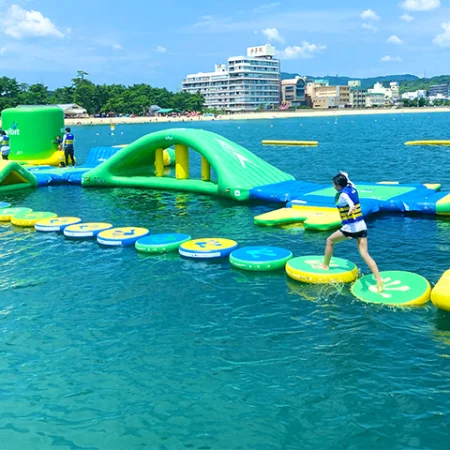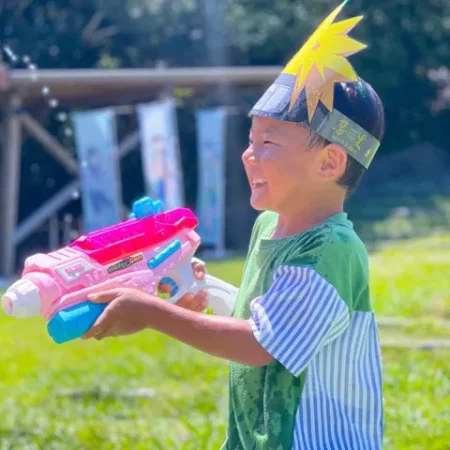As there are no trains, only a far-from-comprehensive bus network, the most convenient way to sample the charms of Awaji Island is by car. And, it should be noted, seeing Awaji by car is indeed one of its charms. It’s small enough to be explored in a day, yet big enough to keep you busy for a much longer period. The roads vary from the fast, functional expressway that runs down the spine of the island, through the restful and easy coast road that runs around the whole island, and the scenic hill traverses that run from coast to coast, to the adventurous mountain roads that lead up to the most amazing viewpoints.
We offer here a cohesive driving guide to Awaji Island! For drivers of all types, Awaji is perfect, but before setting out, there are a few things all types need to be aware of and familiar with. Here we run through a few rules, regulations, and the kind of useful tips and insights the seasoned Awaji motorist can provide.
Table of Contents
Getting to Awaji with a car
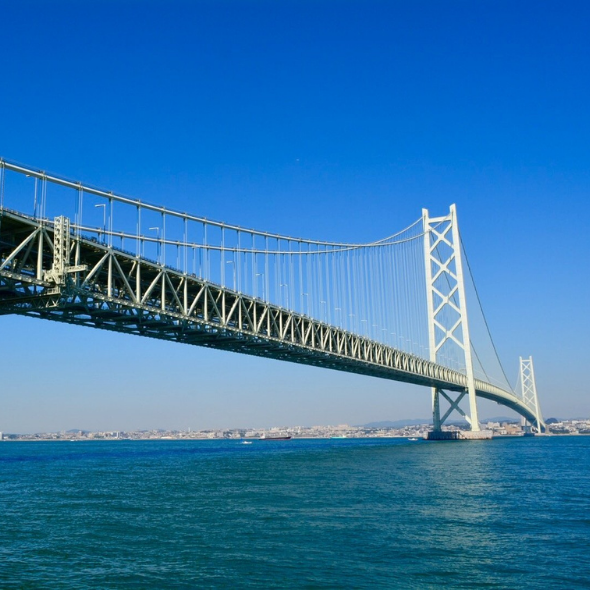
The only way to bring a car to Awaji is to cross one of the two bridges linking the island to the outside world: the Naruto Bridge to Shikoku, or the Awaji-Kaikyo Bridge to Honshu.
The expressway between Awaji’s bridges runs roughly 60km across the length of Awaji. The expressway is two-lane the entire way across Awaji, and is a fast – if expensive – way to travel the island. This is Awaji’s only expressway. Indeed, it is Awaji’s only two-lane road. All other roads on the island are single-lane (each way), or one lane with passing places. The speed limit never exceeds 50km/h.
Main roads
The main regular road is Highway 28. It roughly parallels the expressway but runs along the east coast before turning inland at Sumoto, and it passes through many of Awaji’s main towns. The speed limit on the road varies from 40-50km/h, and many stretches of it are quite slow, especially on the weekends and holidays.
Away from the 28, be prepared for genuine rural driving. Roads rarely have lines in the middle and are often very narrow. In the mountains, be prepared for steep slopes and difficulties in passing other vehicles. Some roads, which do appear on maps, to dams, the mountains, or obscure villages and so on, will leave you feeling like you’ve been on an off-road adventure. It’s not uncommon, when driving on these roads, to have to stop your car to move rocks from the road.
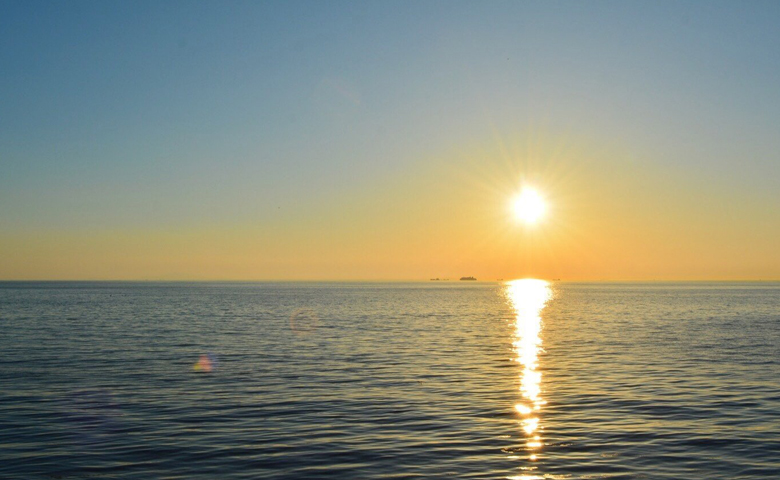
There’s a pleasant road around most of the coast of Awaji. The two sections along the south coast (part of Provincial Road 76), where the road cuts away from the coast are a little dangerous – drive carefully there.
Other useful roads include:
Highway 71 – The easiest way to cross the island in the north, this is a steep mountainous road which cuts over the hills of northern Awaji-shi. It’s very scenic.
Highway 88 – The flattest cross-island road, this links Tsuna with Izanagi Shrine and Ichinomiya. It’s an easy drive.
Highway 66 – Apart from Highway 28, this is the main north-south road in the interior of Awaji. It runs between Tsuna and Minamiawaji. There is nothing but villages along the way, but it’s a scenic route, with many temples and other little attractions hidden away in the hills. For rural Awaji, the road is in reasonable shape.
Highway 46 – The main link between Sumoto and Goshiki, there is a steep pass along this road on the way out of the Sumoto valley, before it rolls through the hills of Goshiki.
Highway 31 – This is the main coast road on the west side of the island down to Minamiawaji. South of the Seidan Expressway Interchange, the road becomes the 76 and continues to The South Coast.
Top Tips for Drivers
- Use the mirrors. There are mirrors placed on orange poles at most blind corners on the narrower roads. Always use them, they will help you to see what’s heading your way.
- If there is a solid orange line down the centre of the road, overtaking is not allowed.
- On single-track roads, make a mental note of passing places as you go, in case you have to reverse to one of them.
- In urban areas, take care around locals (especially elderly ones) on bicycles, often with no lights. They can ride unpredictably.
- Get into the habit of using your nearside mirror regularly, especially when turning left. Awaji is very popular with cyclists, especially in the mornings on good weather weekend days. Keep the cyclists and yourself safe.
- When you are away from the major routes (listed above) it is a good idea to enter your route into Google Maps, as road signs in these areas are often only in Japanese, and the winding roads with many side roads can be confusing.
- Awaji is teeming with wildlife. Inevitably, some animals stray onto the roads and become a (sometimes serious) hazard to motorists. From rabbits and cats, to the larger racoon dogs, wild boar and deer, care must be taken on the more rural roads, especially at night.
- Some traffic signals in quiet areas work differently at night. If a signal you are approaching is flashing orange, you have the right of way and do not need to stop. If it is flashing red, you must give way and stop just like at a red light in the daytime. If the road is clear, you may continue on your way, even though the light is still flashing red.



